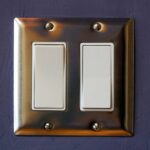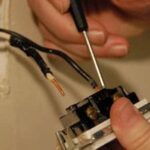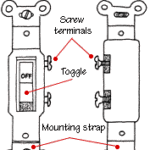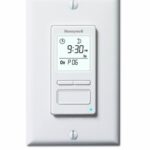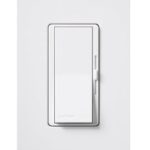This article will show you how to wire a standard light switch that turns on the lights in a room (a “single-pole switch”). It includes wiring diagrams to help you make sure you hook the wires up in the right places.
A standard single-pole light switch is the type where you flip the switch’s toggle or paddle up or down to turn lights on and off. This familiar switch is actually referred to by hardware dealers and electricians as a “single-pole light switch.”
A single-pole switch has two brass terminal screws on the side that connect to the electrical circuit’s black (“hot”) wires. One black wire comes from the power source (the electrical panel) and the other goes to one or more light fixtures.
When the switch is on, electricity flows through the switch from the inbound wire to the outbound wire. When you turn the switch off, it interrupts the flow of electricity. Think of it like a drawbridge that cars can cross when it’s in position but, when open, interrupts the flow of cars. Most switches also have a green grounding screw that connects to the circuit’s bare ground wire for safe “grounding” of the switch.
The wiring diagrams on this page show how to wire for a light switch. Always turn off the power to the circuit before working on wiring. See How to Turn Off Your Home’s Electricity.
For step-by-step DIY light switch installation techniques, see How to Replace or Install a Light Switch.
Again…the electrical circuit’s white wires bypass the switch UNLESS…a white wire has been converted to do the job of a black wire. This is sometimes done in homes that are wired with 3-wire non-metallic cable (such as the brand Romex®), as many houses are. Non-metallic cable used for wiring consists of one black wire, one white wire, and one bare or green grounding wire. Because wiring switches requires a “switch leg” with two black wires, the white wire in the cable is converted to black by wrapping its end with black tape or painting the end of it black. Electrical codes can vary on this practice—some allow it and some don’t.
Single-Pole Switch Wiring Diagrams
The right way to wire a standard single-pole light switch depends on where the switch is located relative to the light. The diagrams below show the various options.
Switch at one end of the circuit
Switch between the power source and the light
Switch at mid-circuit
How to Wire a Dimmer Switch
A dimmer switch is wired the same way as a standard single-pole switch, but the dimmer often has it’s own wires already connected to the switch—so you use wire nuts instead of screw terminals to connect it. In this illustration, you can see the red-colored “hot lead” wires of the dimmer are connected to the inbound black wire from the electrical source (the electrical panel) and the black wire that goes to the light fixture’s black wire which, in this case, is a white wire that has been taped with black electrical tape to indicate that it serves as a black wire.
How to Wire a Three-Way Switch
The type of switch that will operate hallway lights from either end of the hallway is called a three-way switch; it has an extra screw terminal on one side. For information about the different ways to wire this type of switch, please see How to Wire Three-Way Switches. If you want to control lights from more than two locations, you’ll need two three-way switches and a four-way switch. For information, see How to Wire a 4-Way Switch.



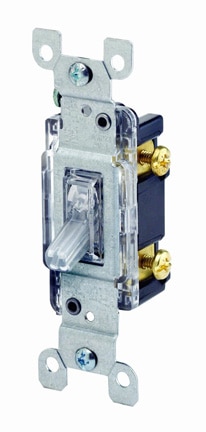
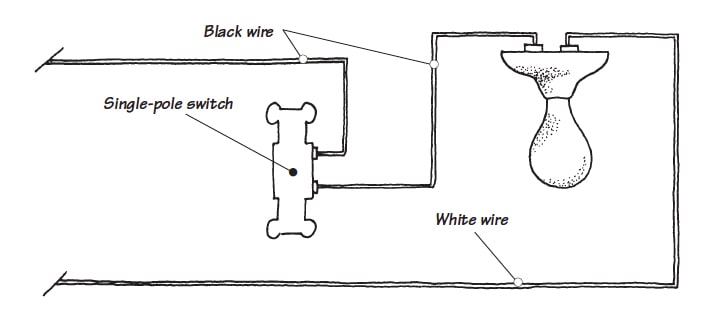
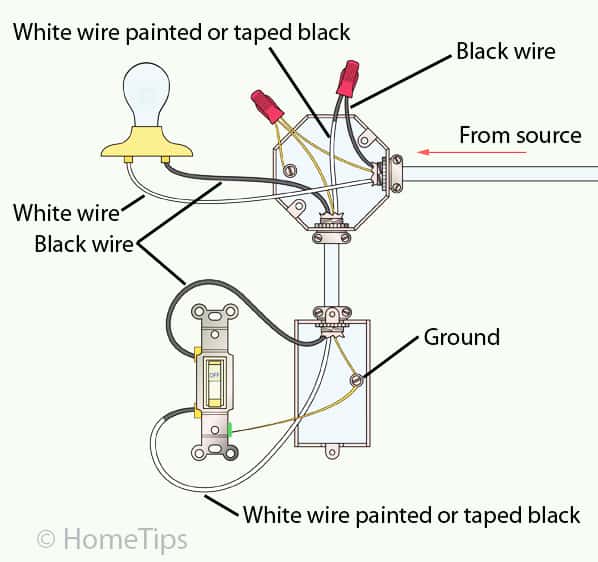
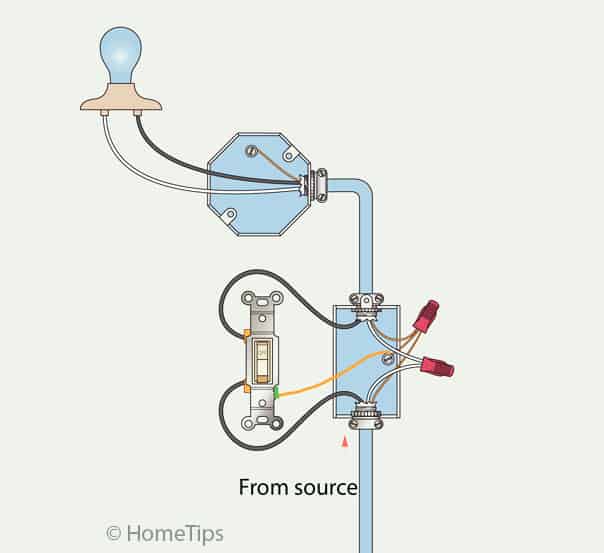
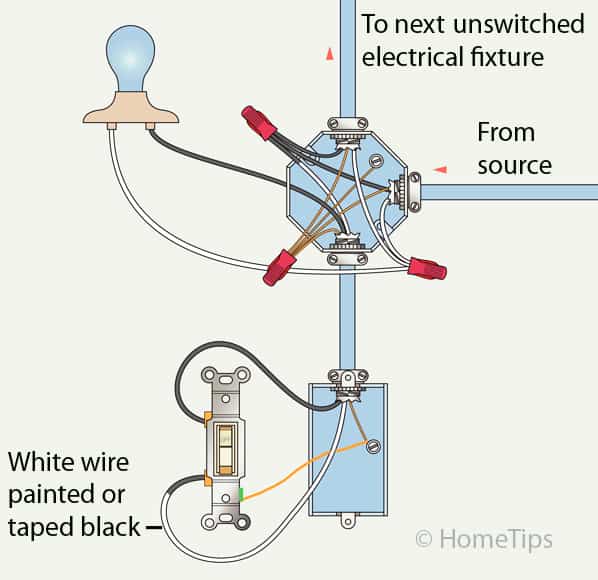
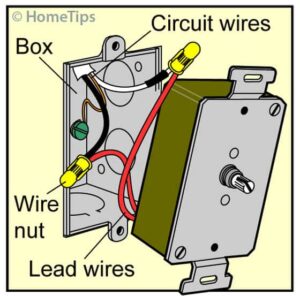
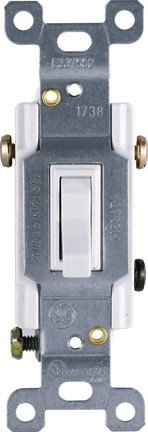
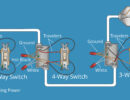


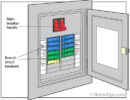
 Don Vandervort writes or edits every article at HomeTips. Don has:
Don Vandervort writes or edits every article at HomeTips. Don has:
